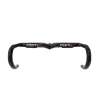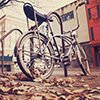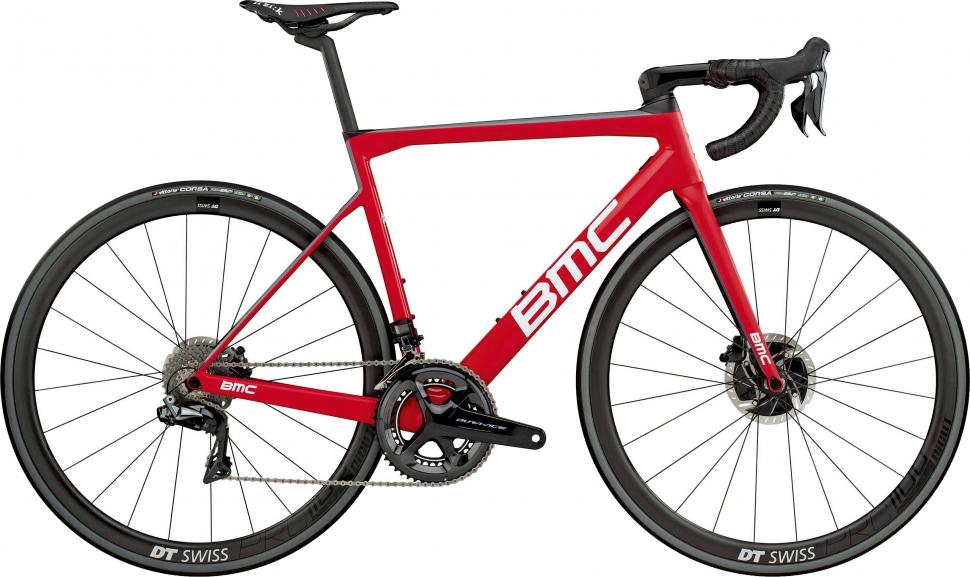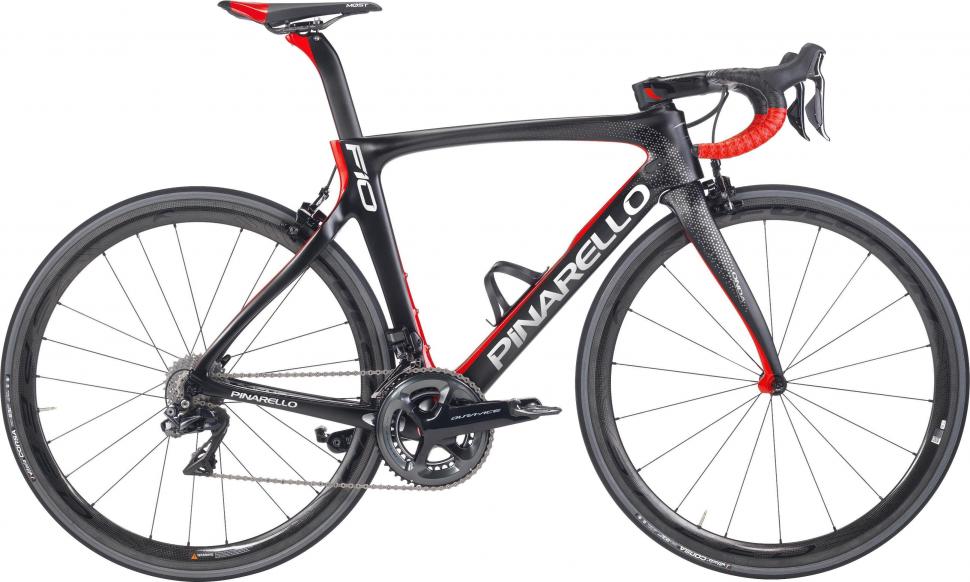As useful as they are, turbo trainers just aren't the same as being out on the road in the crisp, cold winter months.
Turbo trainers are for short, intense sessions indoors when the weather's rainy and miserable, but for those milder days when the sun is shining you need a decent bike to handle the outdoors.
In Winter many cyclist opt to have a separate training bike which is often built to a lower spec than their summer bike. The whole concept of a winter/summer bike is so you are using your best bike - with top end componetns, wheels and accessories - in the warmer weather where they're less likely to be exposed to rain, dirt and road 'grime'.
Winter bikes are the workhorses, and here we list the most common kinds of winter tarining bikes you will see on a jaunt outside in colder climes.
The Commuter
Usually adorned with mudguards - an absolute essential in winter months where the roads are almost always wet - the commuer is a machine that is no stranger to the rain, wind and appaling weather.
It's used to being ridden in all conditions and comes with a plethora of lights, reflectors and usually pannier racks; although if used as a training bike the panniers should be absent unless being used for some masochistic weight training.
These will commonly have wider tyre profiles and may have flat handlebars, allowing for a sturdier ride in wet or windy conditions.
The Hybrid
Hybrid machines are perfect for winter riding. They usually have flat bars and a more relaxed geometry to the frame which makes them more upright, ideal for comfortable long rides at a low intensity.
Hybrids will have wide tyres profiles and a chunkier tread - similar to a mountain bike but more often than not they are more the size of a road tyre than an MTB.
Also a popular option with commuters, they are likely to be festooned with lights and flashy bits to help make them visible on the murkier days where visibility may not be great.
The Cyclocross
Cross-bikes are eaily identifyable by their riders, who are usually covered with mud and soaking wet but still have a smile plastered on their faces. Distinguishable from MTB riders by their road helmets and lycra gear, cross riders thrive in the winter months which coincides with the start of the cyclocross season.
Cyclocross bikes are similar to hybrids but have the aggressive geometry of a road bike, with drop handlebars and stiffer frames to help deal with the trials of riding off road.
These are perfect for winter for the seasoned cyclist, with wider profile and chunkier tyres along with frame clearance that's more akin to an MTB bike making them ideal for those who like to ride the trails in winter, despite the slush, mud and dirt.
The MTB
Mountain bikes make excellent winter bikes, although they're more useful for riding trails and downhill than they are for long days in the saddle that you would expect from a road bike.
Mountain bikes live for the mud and dirt, making them ideal for riding on or off road in the winter months. Many road cyclists swap out their road bikes and long days eating up the miles in favour of an MTB and trail riding in winter as the two seasons complement each other and they don't have to spend winters on an indoor trainer.
Mountain bikers can be identified by their grins, much like cyclocross riders, but they wear looser clothing, different helmets and often some form of body armour - essential if you're throwing yourself off a mountain at speed.
The Fat Bike
A sight that causes every reaction from guffaws to awes, fat bikes are a phenomenon that are becoming more popular on British roads and are actually useful for winter riding.
Whilst the don't have the suspension or profile for downhill or trail riding, or the geometry and comfort of road bikes for long days in the saddle, the fat bike has carved out a niche of its very own to take it's place in the world of cycling.
Fat bikes have massive tyres which make easy work of snow, mud or adverse conditions. Their low gearing makes them easy to ride but only over short distances, making them more of a short journey option rather than a viable training steed.















